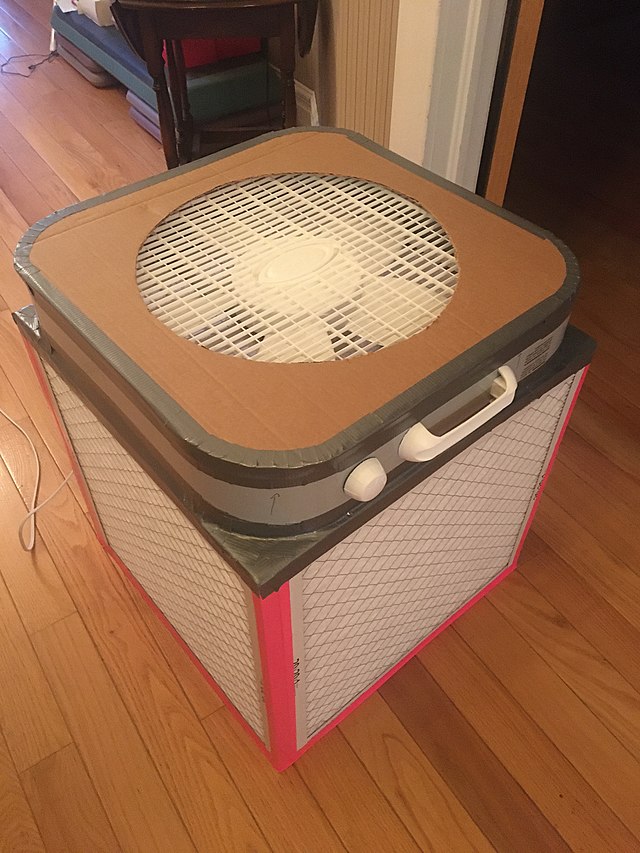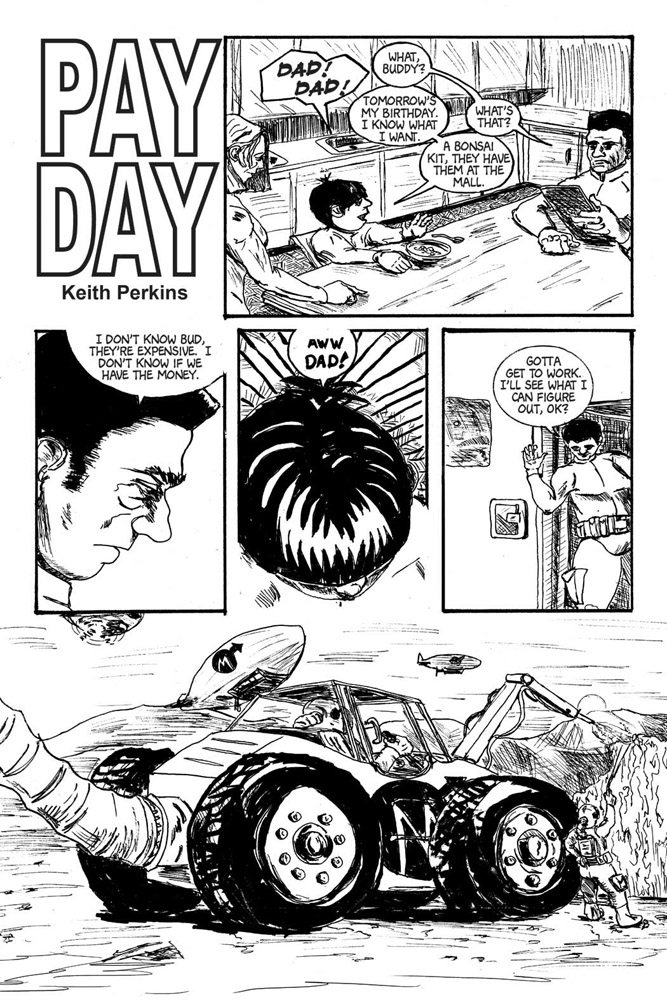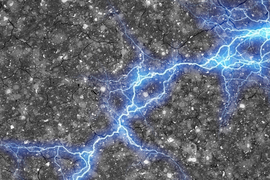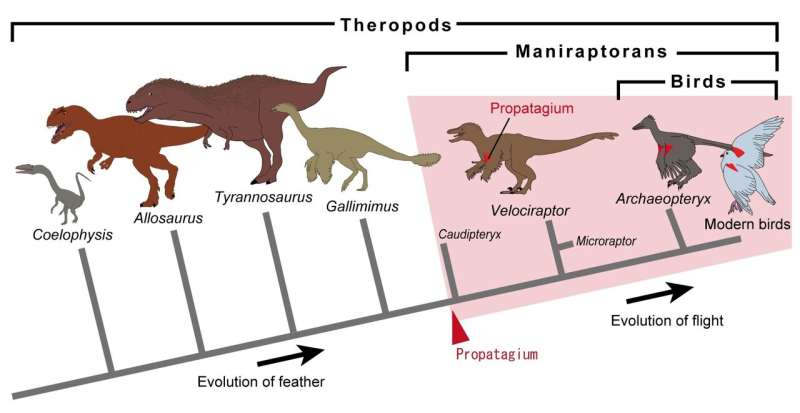MIT engineers created a carbon-cement supercapacitor that can store large amounts of energy. Made of just cement, water, and carbon black, the device could form the basis for inexpensive systems that store intermittently renewable energy, such as solar or wind energy.
Category Archives: Science
Using mycelium to create a self-healing wearable leather-like material
Source: Using mycelium to create a self-healing wearable leather-like material
A pair of biotechnologists at Newcastle University, working with a colleague from Northumbria University, all in the U.K., have developed a way to use mycelium to create a self-healing wearable material. In their paper published in the journal Advanced Functional Materials, Elise Elsacker, Martyn Dade-Robertson and Meng Zhang, describe their process and how well it worked when tested.
” style=”position: absolute; width: 0px; height: 0px; left: 0px; right: 0px; z-index: -1; border: 0px none;” width=”0″ height=”0″>Mycelium is a thread-like structure produced by some types of fungus. Prior research has shown that fungal colonies can arise with intertwining branching mycelium, resulting in the growth of large, matted structures. Such structures are typically found in the ground. Prior research has also shown that mycelium mats can be treated to produce a material known as mycelium leather, due to its resemblance to cow hide leather.
But as the research trio note, such treatments tend to kill chlamydospores—little nodules that allow the material to spring back to life given the right circumstances. After examining samples and the leathering process, they considered the possibility of changing things a bit to prevent killing the chlamydospores, which could allow the material to self-heal when put into a conducive environment.
The researchers grew their own batch of mycelium by adding active chlamydospores to a watery batch of carbohydrates, proteins and other nutrients. They then allowed enough time to pass for a thick skin to form on the liquid. The team then pulled the skin off the liquid and laid it out to dry. As it dried, they applied a mix of temperatures and chemicals that allowed the material to become leather-like without killing the embedded chlamydospores.
Testing of the resulting material showed it to be similar to other mycelium leathers in looks and characteristics. To find out if it could heal itself, the group punched holes in it and then placed it in a vat filled with the same liquid bath that had been used in its creation. Then they laid it out to dry, and as it did so, they noted that over time, the revived chlamydospores filled in the holes. Testing showed that the newly restored material was just as strong as an undamaged control sample, though they noted that it was still possible to see where the holes had been
Sarcopenia, Weight loss, and Protein
Of interest to me, and anyone on chemo, because the meds tend to cause weight loss, and muscle loss.
Source: The Arrow #112 – by Michael Eades – The Arrow
A roasted chicken thigh will give you about 30 gm of protein, of which close to 3 gm will be leucine. That’s enough to kick off mTOR and keep it working for 4-6 hours. Don’t think you can cheat the system by taking in smaller amounts of protein all day long or even larger amounts. You want mTOR to be pulsatile, not continuous. So, big doses. If you don’t feel like a chicken thigh for breakfast — and you may not — you can add whey in a shake. It’s a good source of leucine.
How birds got their wings
Source: How birds got their wings
Modern birds capable of flight all have a specialized wing structure called the propatagium without which they could not fly. The evolutionary origin of this structure has remained a mystery, but new research suggests it evolved in nonavian dinosaurs. The finding comes from statistical analyses of arm joints preserved in fossils and helps fill some gaps in knowledge about the origin of bird flight.
” style=”position: absolute; width: 0px; height: 0px; left: 0px; right: 0px; z-index: -1; border: 0px none;” width=”0″ height=”0″>For a long time now, we have known modern birds evolved from certain lineages of dinosaurs that lived millions of years ago. This has led researchers to look to dinosaurs to explain some of the features unique to birds, for example, feathers, bone structure and so on. But there’s something special about the wings of birds in particular that piqued the interest of researchers at the University of Tokyo’s Department of Earth and Planetary Science.
Corsi–Rosenthal Box
 Source: Corsi–Rosenthal Box – Wikipedia
Source: Corsi–Rosenthal Box – Wikipedia
Leaving this here in case I need it someday.
The Corsi–Rosenthal Box, also called Corsi–Rosenthal Cube and Comparetto Cube, is a design for a do-it-yourself air purifier that can be built comparatively inexpensively. It was designed during the COVID-19 pandemic, with the goal of reducing the levels of airborne viral particles in indoor settings
Also known as a Corsi-Rosenthal box, this DIY method of building your own air filter with MERV13 furnace filters and a box fan are an easy and cost-effective way to help clear indoor air from airborne virus particles, wildfire smoke, pollen, dust, and more!
If you can seal a box, you can build one (or 100!) of these!
Fluke Discovery of Ancient Farming Technique Could Stabilize Crop Yields : ScienceAlert
While studying food diversity in 2011, environmental scientist Morgan Ruelle, now at Clark University, accidentally stumbled across one possible technique that could help stabilize dipping crop yields.
The once widespread practice is now only used by small farms in places like Caucasus, Greek Islands, and the Horn of Africa. Despite being incredibly simple, most of the agroecology community weren’t aware of it.
Yet farmers have been using this technique for more than 3,000 years across at least 27 countries. It may have even been what gave rise to agriculture in the first place.
The method is planting maslins – a combined mix of cereals that can include rice, millet, wheat, rye, barley and more – and harvesting them all together to be separated or used as a single product.
In Ethiopia, for example, where Ruelle discovered the existence of maslins, duragna contains multiple species and varieties of barley and wheat, all grown together. The locals consider the mix to be one crop, using it to make bread, beer and traditional savories with it.
Local farmers reported this mix ensures at least some yield under unfavorable conditions, and now researchers have the experimental trials to back up these claims. Working at Cornell University, Ruelle and colleagues conducted a review of previous work, demonstrating maslins yielded higher stability under changing conditions. By shifting species composition each season, farmers could hedge against climate impacts without the need for additional intervention.
Monkey Experiment Reveals a Brain Switch That Could Be Useful For Space Travel : ScienceAlert
For humans to ever venture out among the stars, we will have to solve some hefty logistical problems.
Not the least of these is the travel time involved. Space is so large, and human technology so limited, that the time it would take to travel to another star presents a significant barrier.
The Voyager 1 probe, for instance, would take 73,000 years to reach Proxima Centauri, the nearest star to the Sun, at its current speed.
Voyager launched more than 40 years ago, and more recent spacecraft might be expected to travel faster; even so, the journey would still take thousands of years with our current technology.
One potential solution would be generation ships, which would see multiple generations of space travelers live and die before reaching the final destination. Another would be artificial hibernation, if it could be successfully implemented.
This is what scientists from the Shenzhen Institute of Advanced Technology (SIAT) of the Chinese Academy of Sciences have started to investigate; not in humans, but in monkeys, by chemically triggering a state of hypothermia.
“Here, we show that activating a subpopulation of preoptic area (POA) neurons by a chemogenetic strategy reliably induces hypothermia in anesthetized and freely moving macaques,” the researchers write in their paper.
“Altogether, our findings demonstrate the central regulation of body temperature in primates and pave the way for future application in clinical practice.”
Hibernation and its slightly less comatose state, torpor, are physiological states that allow animals to withstand adverse conditions, like extreme cold and low oxygen.
The body temperature lowers, and metabolism slows to a crawl, keeping the body in a bare-bones ‘maintenance mode’ – the bare minimum to stay alive while preventing atrophy.
This can be found across several animals, including warm-blooded mammals, but very few primates. Neuroscientists Wang Hong and Dai Ji of SIAT wanted to see if they could artificially induce a state of hypometabolism, or even hibernation, in primates by chemically manipulating neurons in the hypothalamus responsible for sleep and thermoregulation processes – the preoptic neurons.
The research was performed on three young male crab-eating monkeys (Macaca fascicularis). In both anesthetized and non-anesthetized states, the researchers applied drugs designed to activate specific modified receptors in the brain, known as Designer Receptors Exclusively Activated by Designer Drugs, or DREADDs.
Then, the scientists studied the results using functional magnetic resonance imaging, behavioral changes, and physiological and biochemical changes.
An illustration showing the role preoptic neurons play in hypothermia. (SIAT)“To investigate the brain-wide network as a consequence of preoptic area (POA) activation, we performed fMRI scans and identified multiple regions involved in thermoregulation and interoception,” Dai says.
“This is the first fMRI study to investigate the brain-wide functional connections revealed by chemogenetic activation.”
The researchers found that a synthetic drug called Clozapine N-oxide (CNO) reliably induced hypothermia in both the anesthetized and awake states in the macaques.
However, in anesthetized monkeys, the CNO-induced hypothermia resulted in a drop in core body temperature, preventing external heating. The researchers say that this demonstrates the critical role POA neurons play in primate thermoregulation.
The researchers recorded behavioral changes in the awake monkeys and compared them to those of mice with induced hypothermia. Typically, mice decrease activity, and their heart rate lowers in an attempt to conserve heat.
The monkeys, by contrast, showed an increased heart rate and activity level and, in addition, started shivering. This suggests that thermoregulation in primates is more complex than in mice; hibernation in humans (if it can be done at all) will need to take this into account.
“This work provides the first successful demonstration of hypothermia in a primate based on targeted neuronal manipulation,” Wang says.
“With the growing passion for human spaceflight, this hypothermic monkey model is a milestone on the long path toward artificial hibernation.”
The research has been published in The Innovation.
Source: Monkey Experiment Reveals a Brain Switch That Could Be Useful For Space Travel : ScienceAlert
Astronauts could use Mars soil for 3D-printing on the Red Planet | Space
Martian soil could serve as a 3D-printing material, researchers have shown, meaning it could be used to manufacture items on the Red Planet.
In a series of tests, Amit Bandyopadhyay, a professor at the Washington State University School of Mechanical and Materials Engineering, and his team used simulated crushed Martian regolith to demonstrate its capabilities as a 3D-printing material.
The results may be crucial for future crewed missions to Mars.
This reminded me of a 2 page comic I did a while back, which shows 3d printing buildings in passing

See the whole thing here: link
How tardigrades survive dehydration

Some species of tardigrades, or water bears as the tiny aquatic creatures are also known, can survive in different environments often hostile or even fatal to most forms of life. For the first time, researchers describe a new mechanism that explains how some tardigrades can endure extreme dehydration without dying. They explored proteins that form a gel during cellular dehydration. This gel stiffens to support and protect the cells from mechanical stress that would otherwise kill them. These proteins have also been shown to work in insect cells and even show limited functionality in human cultured cells.
googletag.cmd.push(function() { googletag.display(‘div-gpt-ad-1449240174198-2’); });Tardigrades often draw attention to themselves, despite being so tiny. Their uncanny ability to survive in situations that would kill most organisms has captured the public’s imagination. One could easily imagine that by decoding their secrets, we could apply the knowledge to ourselves to make humans more resilient to extreme temperatures, pressures, and even dehydration. This is just science fiction for now, but nevertheless, researchers, also captivated by the microscopic creatures, seek to understand the mechanisms responsible for their robustness, as this could bring other benefits too.
New measurements from Northern Sweden show less methane emissions than feared — ScienceDaily
Some good news in the climate change narrative.
It is widely understood that thawing permafrost can lead to significant amounts of methane being released. However, new research shows that in some areas, this release of methane could be a tenth of the amount predicted from a thaw. A crucial, yet an open question is how much precipitation the future will bring.
Source: New measurements from Northern Sweden show less methane emissions than feared — ScienceDaily
Permafrost runs like a frozen belt of soil and sediment around Earth’s northern arctic and sub-arctic tundra. As permafrost thaws, microorganisms are able to break down thousands of years-old accumulations of organic matter. This process releases a number of greenhouse gases. One of the most critical gasses is methane; the same gas emitted by cattle whenever they burp and fart.
Because of this, scientists and public agencies have long feared methane emissions from permafrost to rise in step with global temperatures. But, in some places, it turns out that methane emissions are lower than once presumed.

